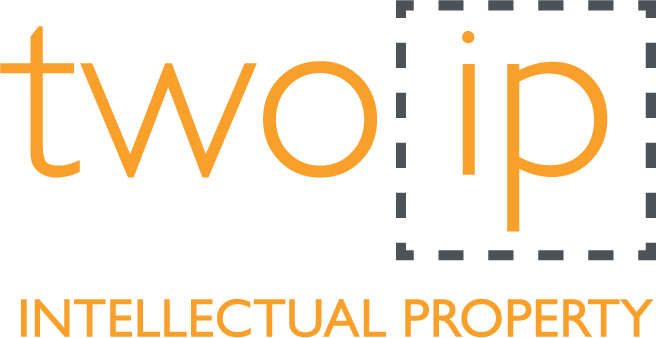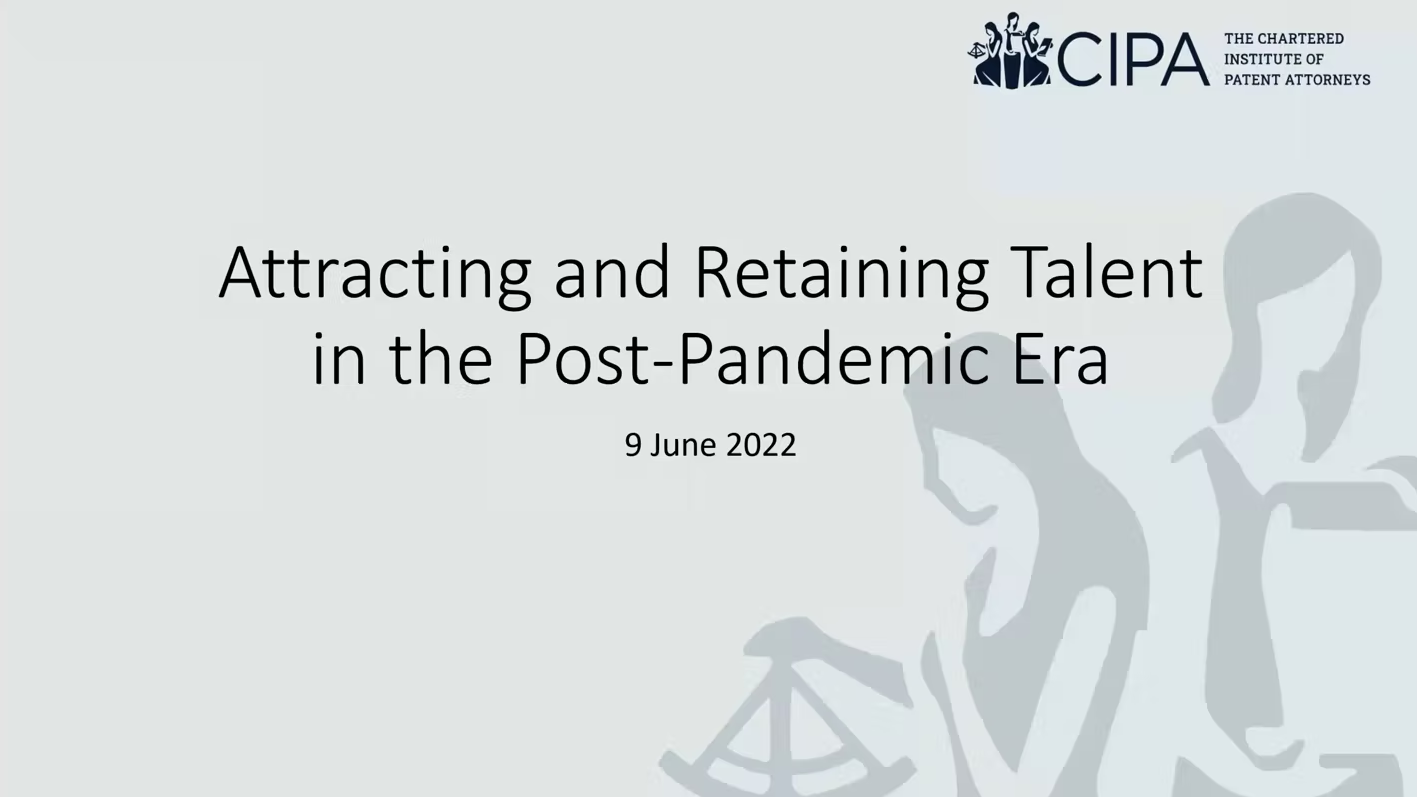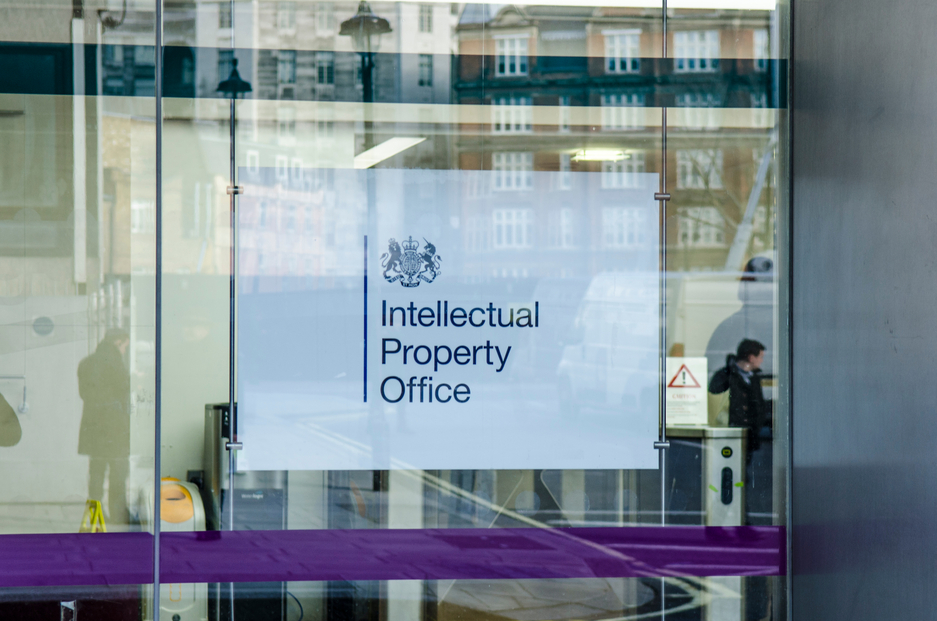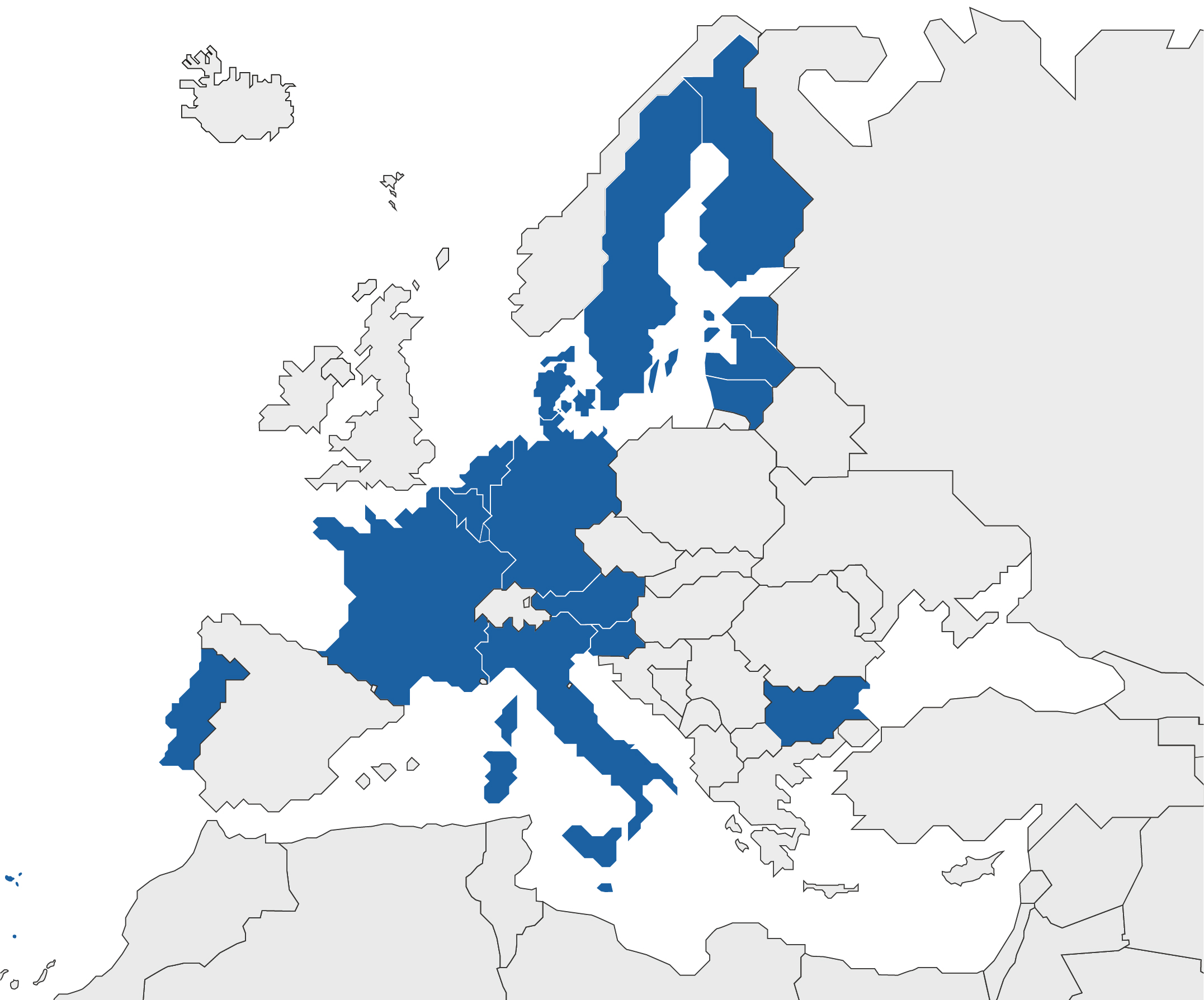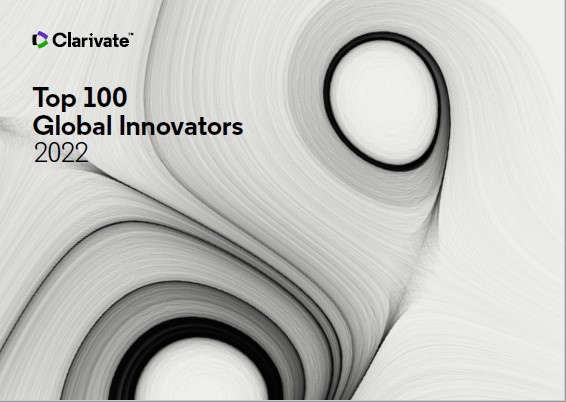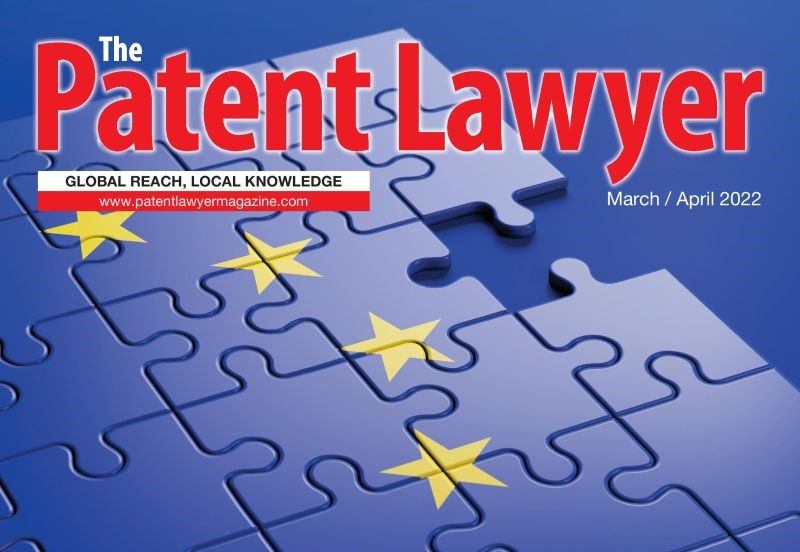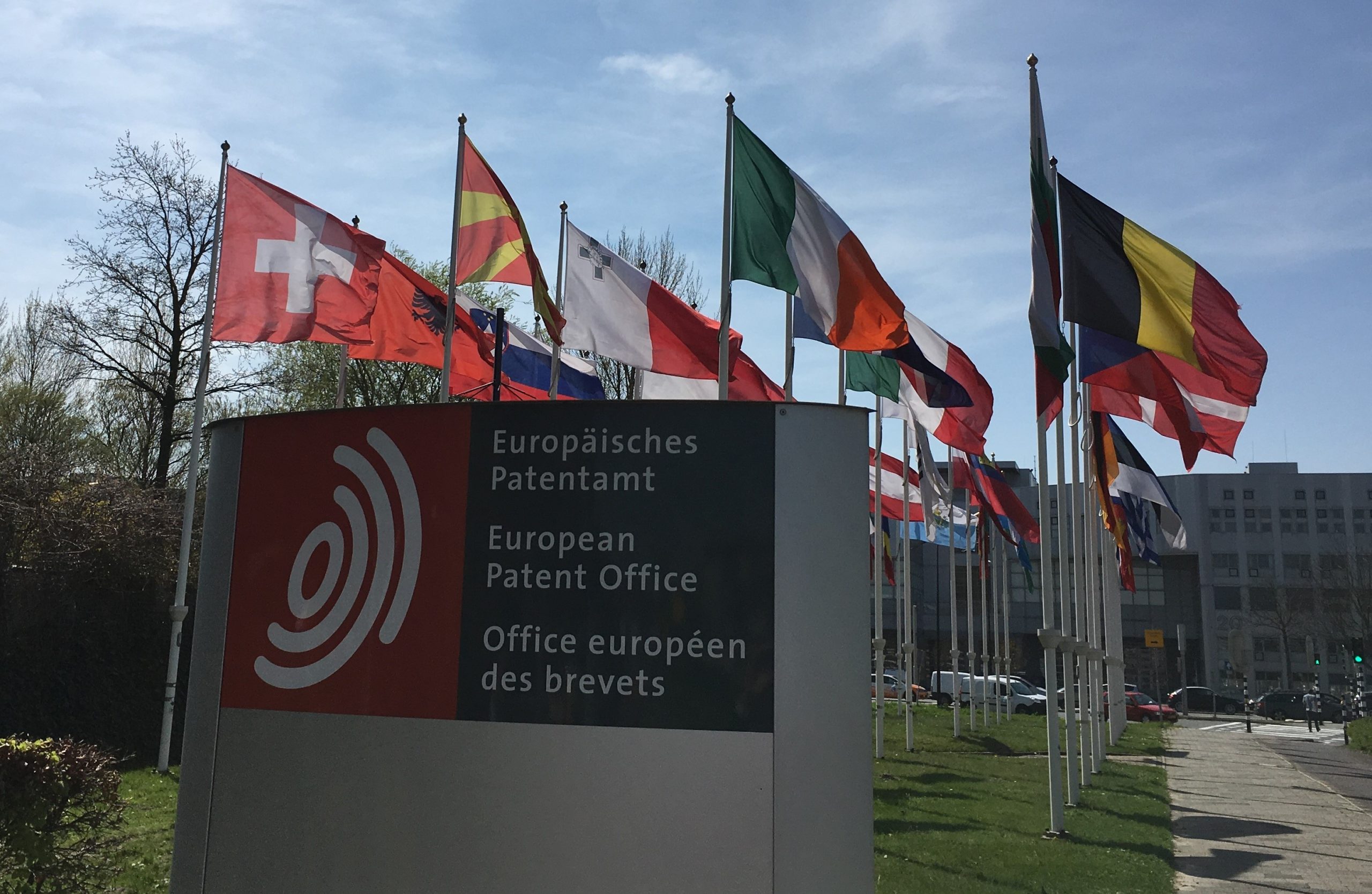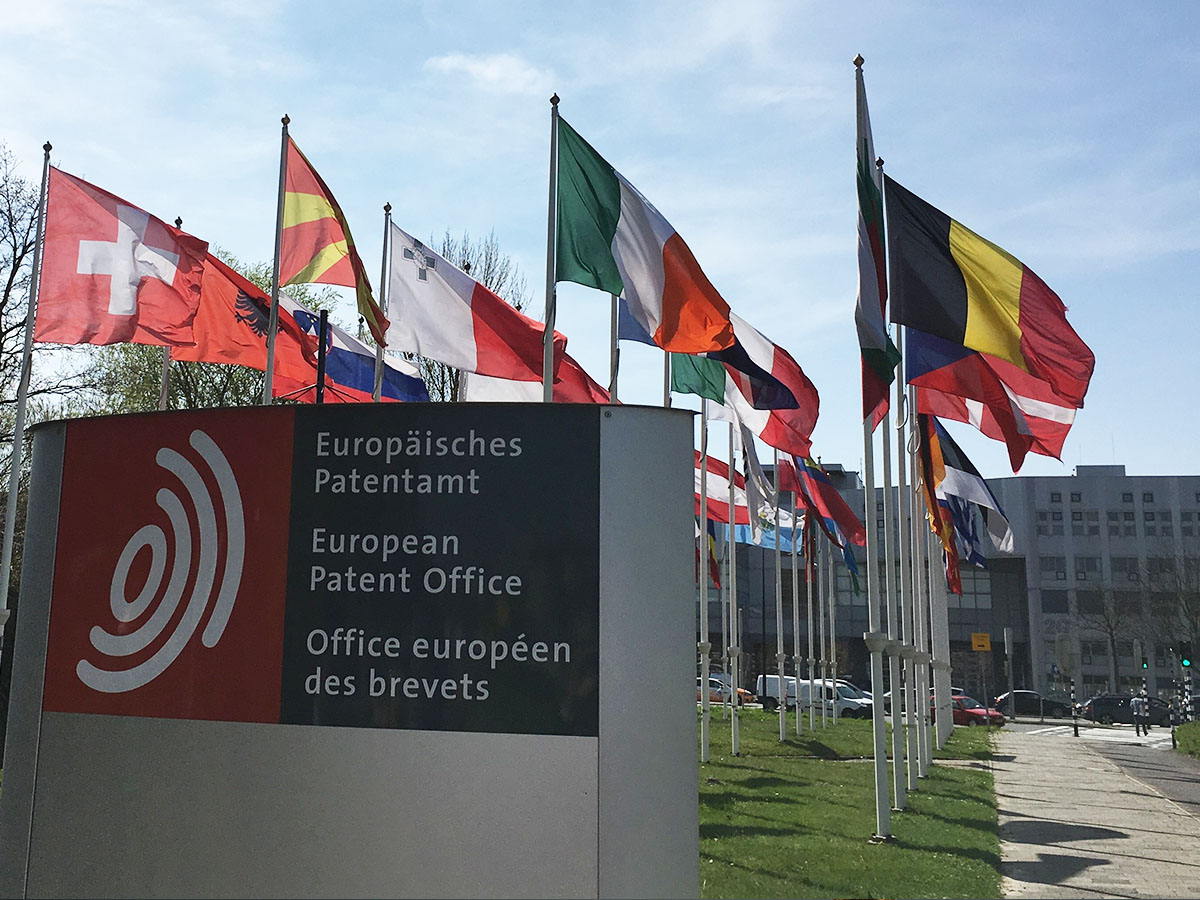All companies have a business strategy and technology led companies will have an R&D strategy that supports the business strategy. The most successful technology led companies also have a patent strategy. Why is that? And what benefits does it bring to the business?
Why have a patent strategy?
Intellectual Property (IP) can be a valuable business asset both in terms of adding value to your company and supporting your business strategy. A patent strategy defines how a business will use patents and patent applications, and the information that its competitors’ patents contain, to secure the IP in its product developments and its position within the technological sector in which it operates.
Patents offer protection for new developments and can help ensure exclusivity in the market, to aid companies in building market share and margins. Patents can also help defend market share against rivals and infringers. A patent (and even a patent application) in itself can be enough to dissuade a competitor against copying a product development. And if a competitor does copy your patented product development, you can take patent litigation action to enforce your rights, make them stop and seek damages.
Patents can also help establish joint ventures and strategic partnerships. However, there are some important points to consider and manage in relation to IP to ensure a successful joint venture or partnership that supports your business strategy. We’ll look at those in more detail later.
Finally, it is possible use patent to secure financing and develop new sources of revenue. There is no reason why the patents you’ve invested enormous resources in obtaining can’t become a profit centre for your company and your IP can attract venture capital investment to enable further growth. Thinking about how a patent strategy will support financing and growth plans can be extremely useful in delivering your business strategy.
What is in a patent strategy?
A patent strategy starts in the development phase by looking at your business strategy and understanding the technical landscape. Your business goals provide a long-term blueprint to guide the development of a valuable patent portfolio. Reviewing the patenting activity of key industry competitors, partners and customers can also help to get an overview of the patent landscape in your sector.
There are millions of published patent documents, all available through public databases, such as Espacenet. This can be an extremely valuable source of information, to enhance R&D and product development efforts. It can be beneficial to do patent searching, looking at your competitors’ patents and applications, to see what competitors are doing and where there may be gaps in the market. This is known as patent landscaping. Patent watching is also a useful tool which involves receiving alerts when competitors have applications published in technological areas that you’re interested in. Including patent searching and watching within your patent strategy can provide a great deal of commercially valuable information.
An evaluation of you existing IP should be the next part to consider in your patent strategy. What patents or applications do you currently have? Where did you file them and for what areas of technology? You may also want to assess whether the IP that you already have is still useful and is supporting your business strategy. If it is not, do you still want to maintain this IP?
The core part of a patent strategy defines which countries you will file patent applications in for each area of technology relevant to your business strategy. Different technologies will have different levels of importance within your business strategy, so different extents of patent protection may be appropriate. For example, for a core technology you may want to file a European patent application, followed by an International Patent Cooperation Treaty (PCT) application at 12 months, resulting in national patent applications in a range of countries relevant to your key markets, R&D centres and manufacturing locations, plus those of your key competitors. For a second level technology, you may decide just to protect in countries of importance to you and not cover those of importance to your competitors. And for technology having the lowest level of importance in delivering your business strategy, you may decide just to file a European or UK patent application.
Once you have your patent strategy in place, you can get on with building a patent portfolio that provides the appropriate level of protection to each of your technologies and processes needed to delivery your business strategy. And you can do this consistently and efficiently, without having go through the decision making process of where to file patent applications each time.
A patent strategy should also cover licensing – do you want to licence all or part of your patent portfolio to others in the industry? – and how you intend to assert the rights established by your patents. What would be the triggers for you to start patent litigation? Against which competitors? And in which countries? In this stage you should consider evaluating competitors’ products to see whether they might infringe any of your patents and competitors patent portfolios to assess the potential for competitor counterattacks. Patent litigation can be an expensive and time-consuming business, so a patent strategy should also consider whether to obtain litigation insurance to cover costs of taking (or defending) patent litigation.
If you are considering a joint venture or partnership, your patent strategy can help define how IP will be handled in a way that supports your business strategy. At the very least, you need to consider background IP and foreground IP. Background IP is your pre-existing IP that you are willing to bring to the venture, and share with your business partners. Foreground IP is the IP that is generated by the joint venture project. It is vital to protect the R&D investment that you are making and agree who will own any IP generated as a result of the collaboration. What background IP are you willing to bring to the project? What foreground IP do you want out of the project?
Finally, it is possible to sell patents and patent applications if they are not relevant to your business strategy. You can also receive royalty payments for patents and applications by licensing other companies to use your technology and IP. Is your business strategy better supported by offloading patents that are not core to your business or holding on to them? How might licensing support your business strategy, and pay for future patent strategy? Both IBM and Ericsson have patent organisations that make money for their respective businesses based on license income, so don’t assume that patents are simply a cost.
R&D involves significant investment in both staff time and resources, so having a strategy in place to protect the IP that your R&D team generates is only sensible. Having the right patent strategy in place will not only protect that investment but can also help to maximise the return for the R&D investment that the business is making.
Two IP has lots of experience of working with R&D led businesses to develop patent strategies, so if you would like us to work with you to develop a patent strategy for your company get in touch with us at hello@two-ip.com
